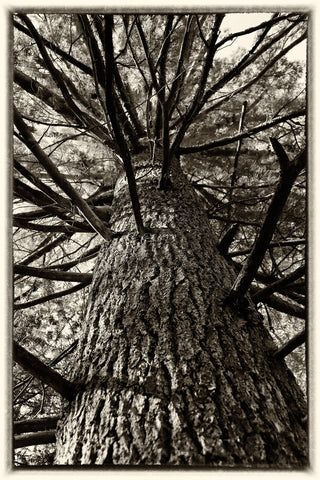The Mother Tree is an important concept in ecology and forestry, referring to a large, old, and sometimes ancient tree that serves as the central “hub” of a forest. Also known as “nurse,” “grandmother,” or “wisdom” trees, the Mother Tree plays a vital role in maintaining the health and diversity of the forest ecosystem. Here are some key points about the Mother Tree:
1. Nutrient and resource sharing: Mother Trees act as connectors within a forest, forming a network of interconnected roots through an underground fungal network called mycorrhizal fungi. They facilitate the exchange of nutrients, water, and information between different trees, including younger trees or seedlings. This sharing of resources is crucial for the survival and growth of young trees, especially during times of stress or limited resources.
3. Genetic diversity and resilience: Mother Trees play a significant role in maintaining genetic diversity within a forest. They produce a large number of seeds, ensuring a variety of genetic material for new tree generations. Additionally, they provide a safe and suitable habitat for seed germination, establishing a more robust and resilient forest ecosystem.
4. Improved tree growth and survival: Studies have shown that young trees growing in the vicinity of Mother Trees have higher survival rates and faster growth compared to isolated or orphaned trees. The Mother Tree provides shade and protection from harsh weather conditions, allowing young trees to establish themselves more effectively.
5. Cultural significance: Mother Trees hold cultural and spiritual significance in many indigenous cultures and communities around the world. They are often seen as wise and nurturing figures, symbolizing the interconnectedness and interdependence of all living beings in the forest.

6. Threats and conservation: Despite their importance, Mother Trees are vulnerable to various threats, including logging, deforestation, climate change, and habitat destruction. Protecting and conserving these old-growth trees is crucial to maintaining healthy forest ecosystems and preserving biodiversity.
In conclusion, the Mother Tree is a key component of forest ecosystems, acting as a hub for resource sharing, communication, and genetic diversity. They play a vital role in sustaining the health and resilience of forests, providing benefits not only to the trees around them but also to the entire ecosystem.




